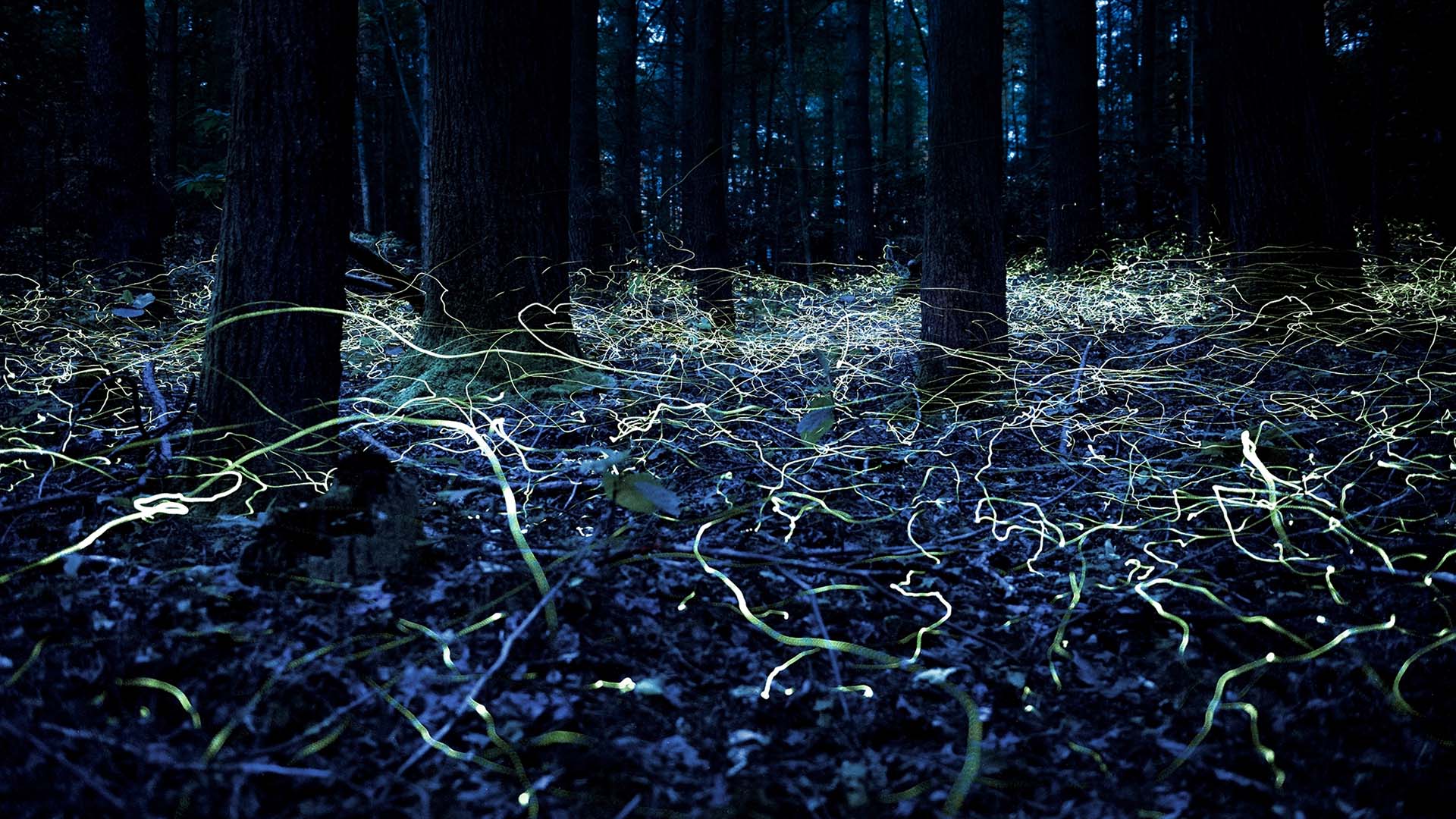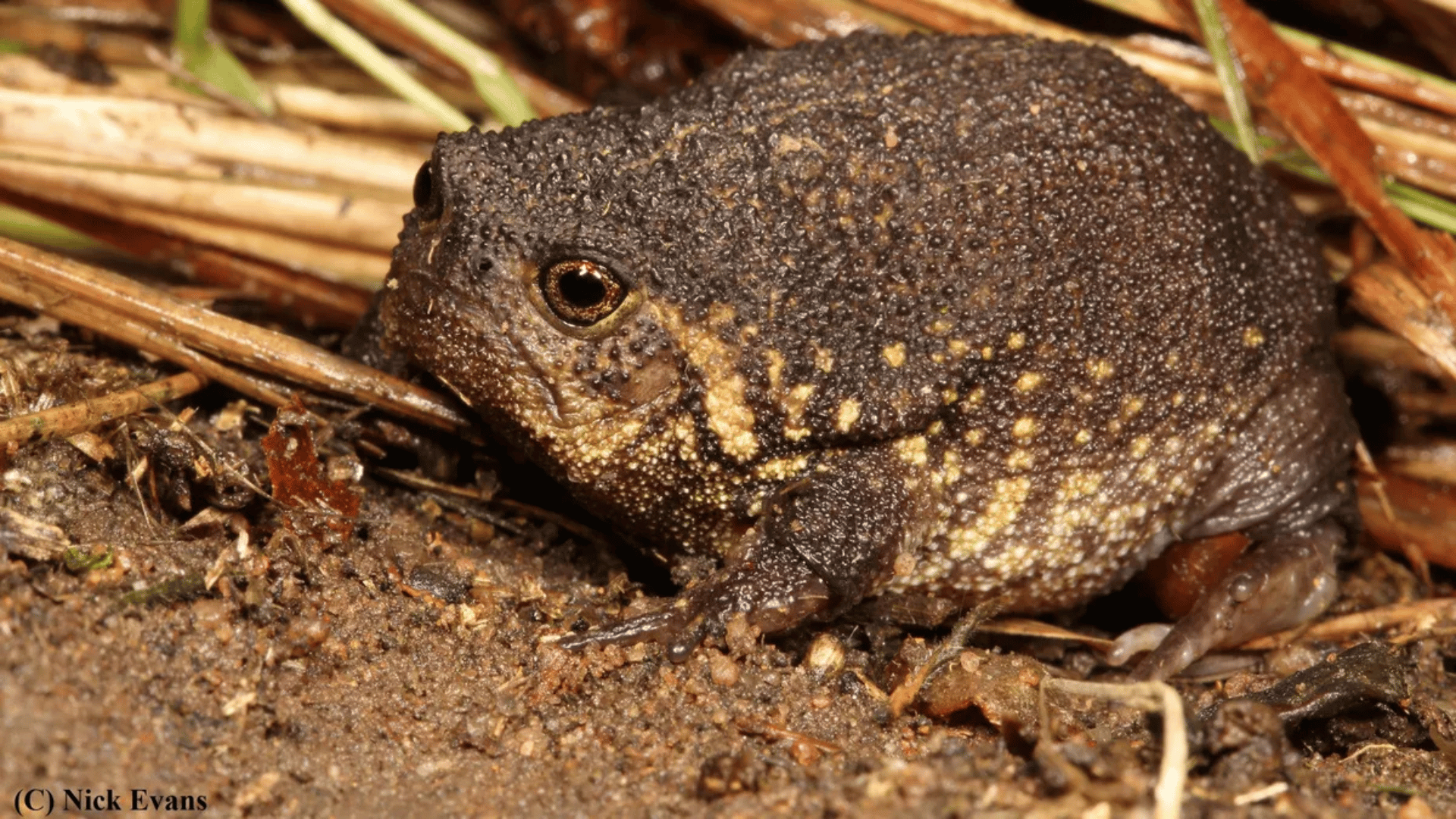Nothing quite conveys a more classic backdrop for cool spring and summer nights as the gentle flash of a firefly’s light. In the Southern Appalachians, there is a unique member of the firefly family known as the blue ghost (Phausis reticulata). Their name itself emanates a spectral and otherworldly feeling. In fact, folklore and legends state that the light could be the ghostly spirits of Confederate soldiers that never returned from war, making the story of these fireflies even more fantastical. What makes the blue ghost so rare, and why are they only present in such a small part of our world?

The Mysterious Blue Ghost Firefly
Most of us are used to the normal green-yellow flash of a firefly. However, the blue ghost variety actually emits blueish-white light that glows for about a minute instead of flashing. These rare insects are also only active for a few weeks out of the year during mating season, which is typically between the months of May and June. The primary hotbed for their activity is in and around the areas surrounding Asheville, NC.
The reason for the unusual and eerie glow of these fireflies is one built out of necessity. Since the females of the species are flightless, they must crawl onto leaves on the forest floor and let their light shine to attract the males to them. Although the males can fly, they have weak skills at best, so they are not able to spread across too far of an area. This makes it extremely difficult for the species to proliferate, and environmental factors only generate more obstacles.
How Can We Help?
Blue ghost fireflies thrive in moist, warm, and dark forest conditions. This makes them highly susceptible to population decline from things like drought and other changes due to shifts in climate. Human encroachment is another reason for decline. Since these fireflies are limited by their flight abilities, habitat loss is detrimental to the blue ghost.
Luckily, there are some ways that we can help.
First of all, fireflies need darkness, so understand the effects of light pollution. For example, turn off outside lights when not needed. Additionally, when searching for fireflies, use red or blue cellophane to cover any flashlights, and turn off your cellphones.
Additionally, understand the effects that you have on the natural world around you.This includes the principle that you can look, but don’t touch. Many areas where fireflies flourish are in and around protected state parks. Support your national and state parks and recreation areas that are providing unique opportunities for the blue ghost and other firefly species to thrive. You can also look for ways you can create habitats in your own backyard for fireflies.







